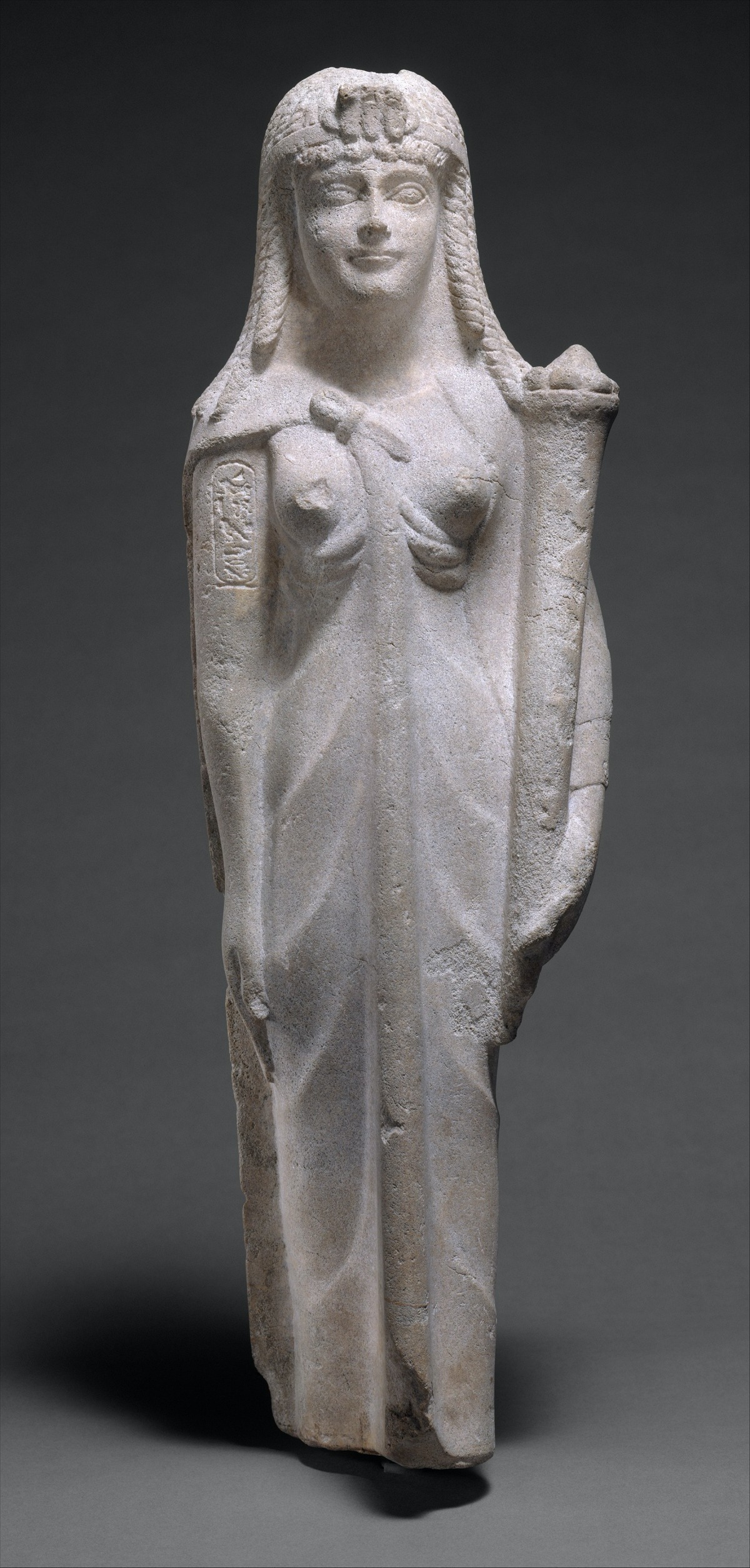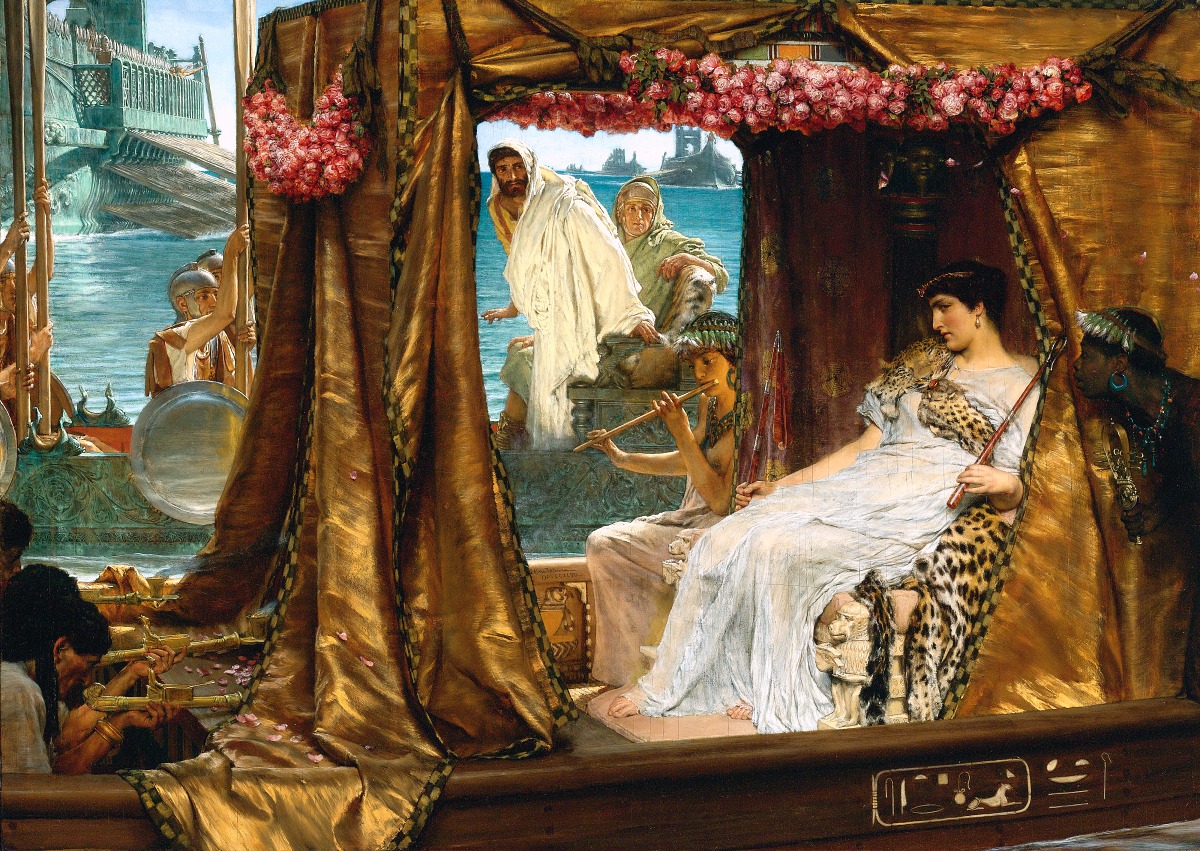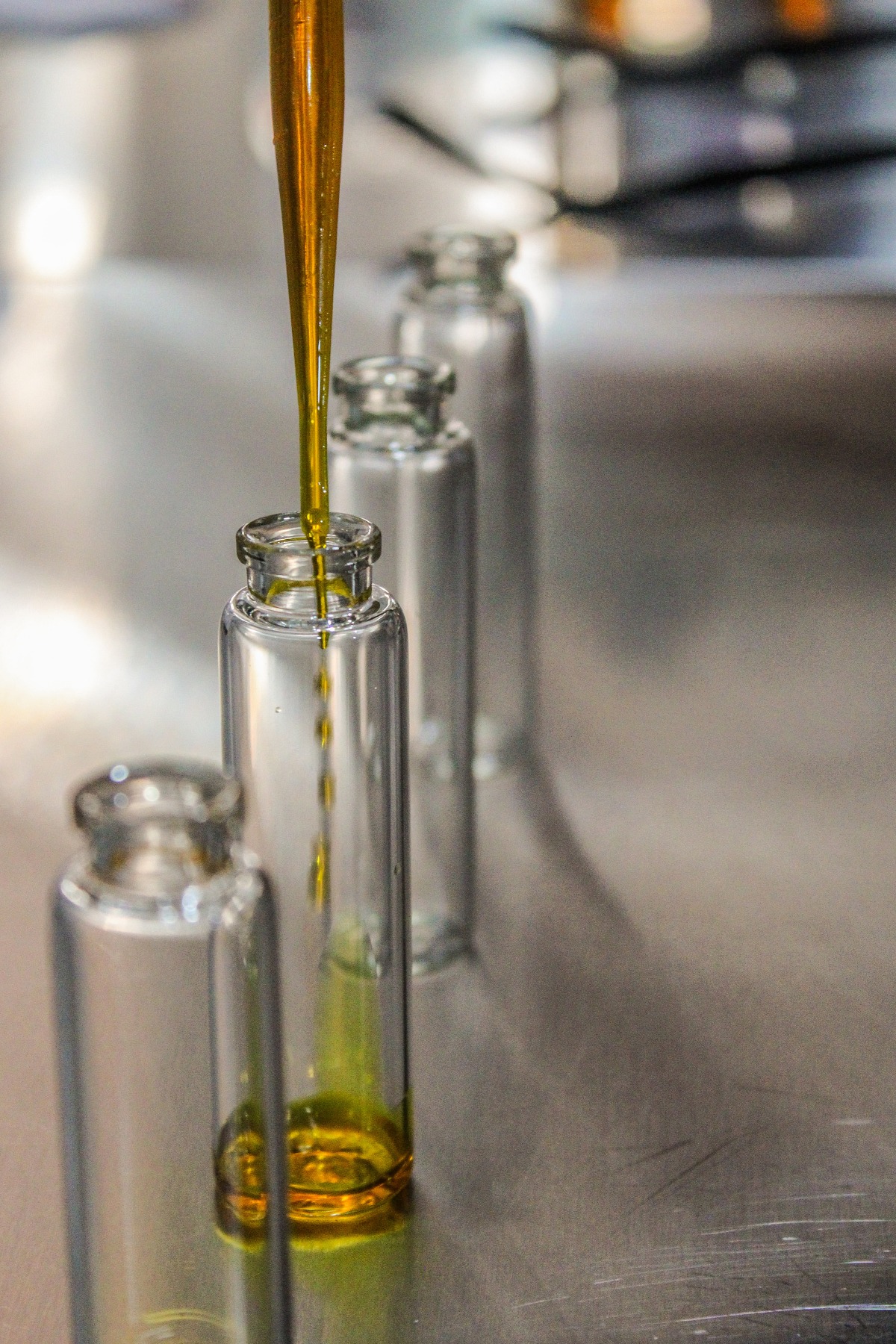When we picture Cleopatra the classic image of Elizabeth Taylor springs to mind, her black hair glistening and a thick layer of black kohl surrounding her eyes. Based on hieroglyphics, tombs, statues, and art that survive into the modern era we have a rough idea of how ancient Egyptian women did their hair and dressed. But, when it comes to their beauty routines much remains mysterious. There are a few resources out there to discover this information- including some that are said to have come straight from the queen Cleopatra herself.

Cleopatra was the last ruler in the Ptolemaic kingdom- a Greek installation in Northern Egypt and a so-called “client state” with loose agreements with Rome. Despite hundreds of years of her family having ruled in Egypt, she was the only one to have learned to speak Egyptian and presumably had a much firmer grasp on all the customs and culture of the area. But, she was also a trend setter, as any royal tends to be.
Throughout history many beauty tips and formulas for makeup have been attributed to Cleopatra. While these cannot be proven to have come from her, the recipes date from the same era and certainly could have been used by her.

One recipe for a baldness cure form the time in Egypt called for oak gum to be mixed with red sulphurate of arsenic, charred plants and teeth, and animal fats. To this was added natron, a naturally-occurring salt with a weak concentration of sodium bicarbonate. The animal fat may have soothed sore skin and the charred bits may have acted as a cover for skin that was showing through. All in all more effective than most might expect from an ancient hair-loss formula.
Another health and beauty agent was kyphi, a type of incense that was used internally and as a fumigating agent for both health and religious reasons. The philosopher, Plutarch, who was born just 1 century after Cleopatra, wrote that breathing in the kyphi could relive anxiety and bring about personal reflection. It was also chewed to sweeten the breath and taken as a laxative when needed, too.

Cleopatra has been written about as having an indulgent love of perfumes, as did most elite Egyptians back in the day. It was common to use either a scented perfume oil or a scented cone of grease or beeswax on one’s wig -which were worn often by the upper crust. As the day wore on the perfumes would heat up and project to everyone you encountered.
As for what she smelled like there were 2 fragrance formulations of the era that were extremely popular and evidence of these scents survives today. An ancient Egyptian industrial site at Tell Timai, known as either Thmuis or Mendes (depending on the era) contained much a high level of production in this realm. There they found the remains of large scale perfume kilns there, meaning that this was where vast quantities of the perfume called Mendesian were most likely produced.

Recreations of the formula for Mendesian have been made in modern times and the fragrance notes center around myrrh and two different types of cinnamon. A different version of the perfume followed (called Metopian) and had strong notes of almond and the hay-like scent of camel grass.
So, it is possible that Cleopatra the Great, lover of both Julius Caesar and Marc Antony, smelled largely of almonds, cinnamon, and incense. It’s an interesting combination for a queen whose beauty and charm is still idealized to this day.
SKM: below-content placeholderWhizzco for DOT

